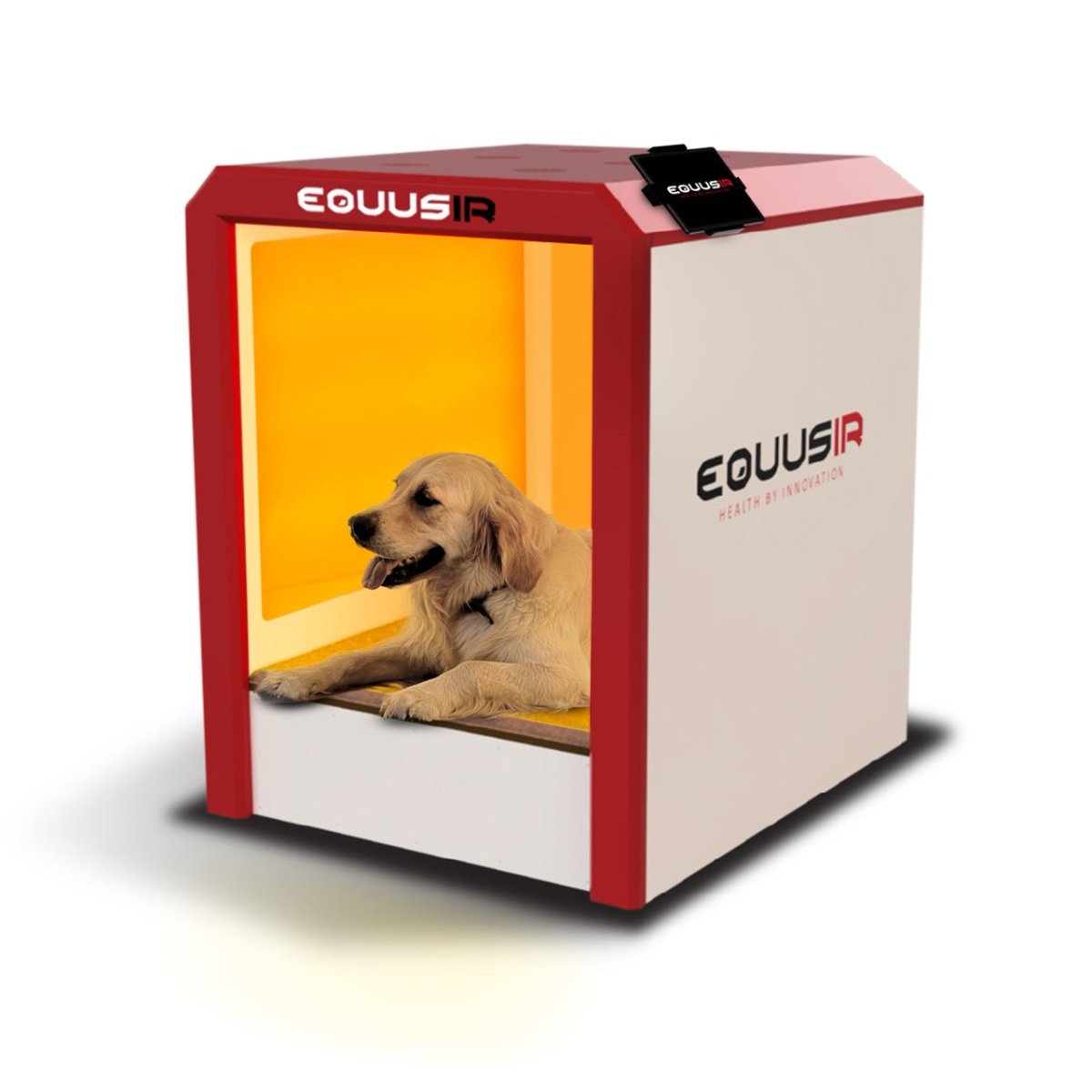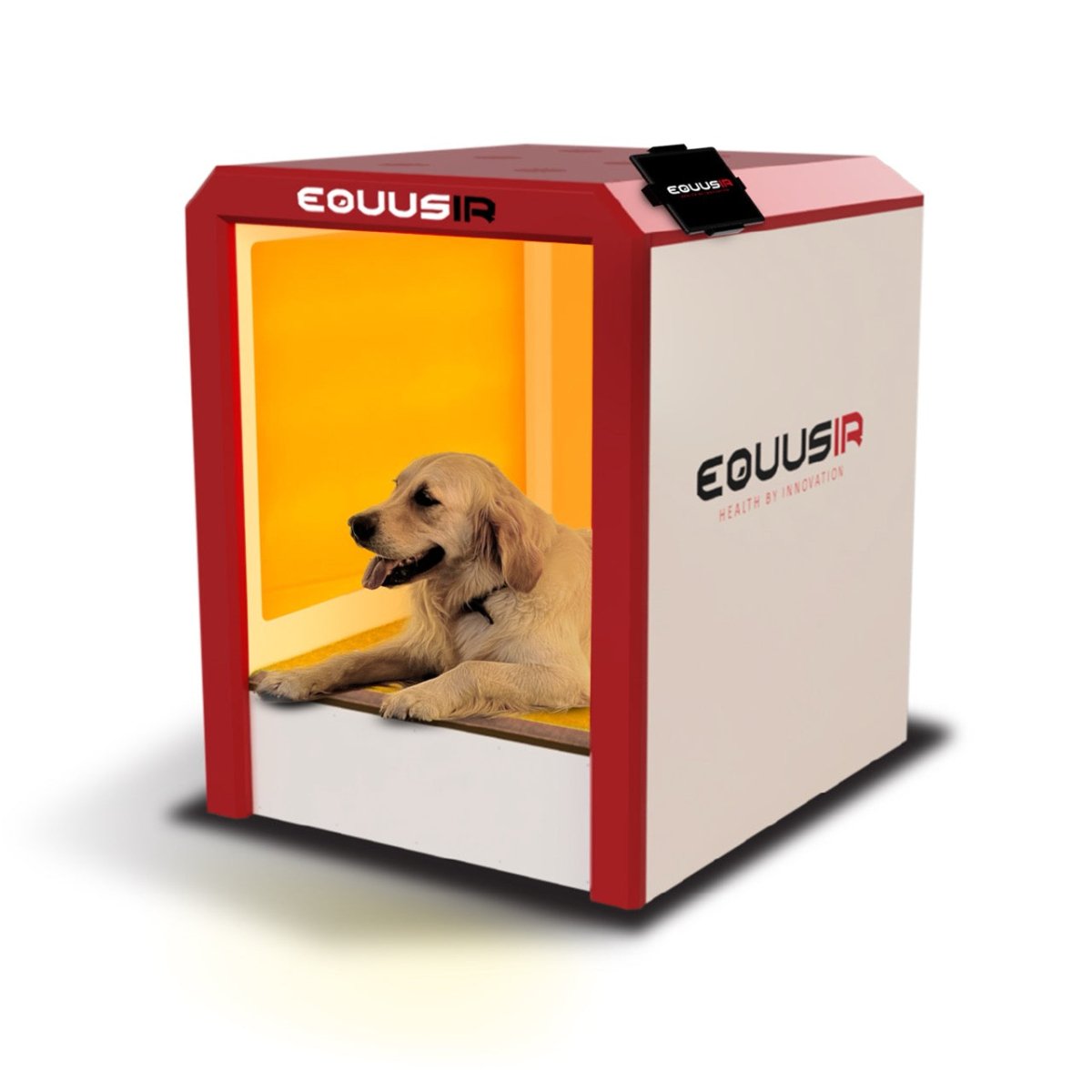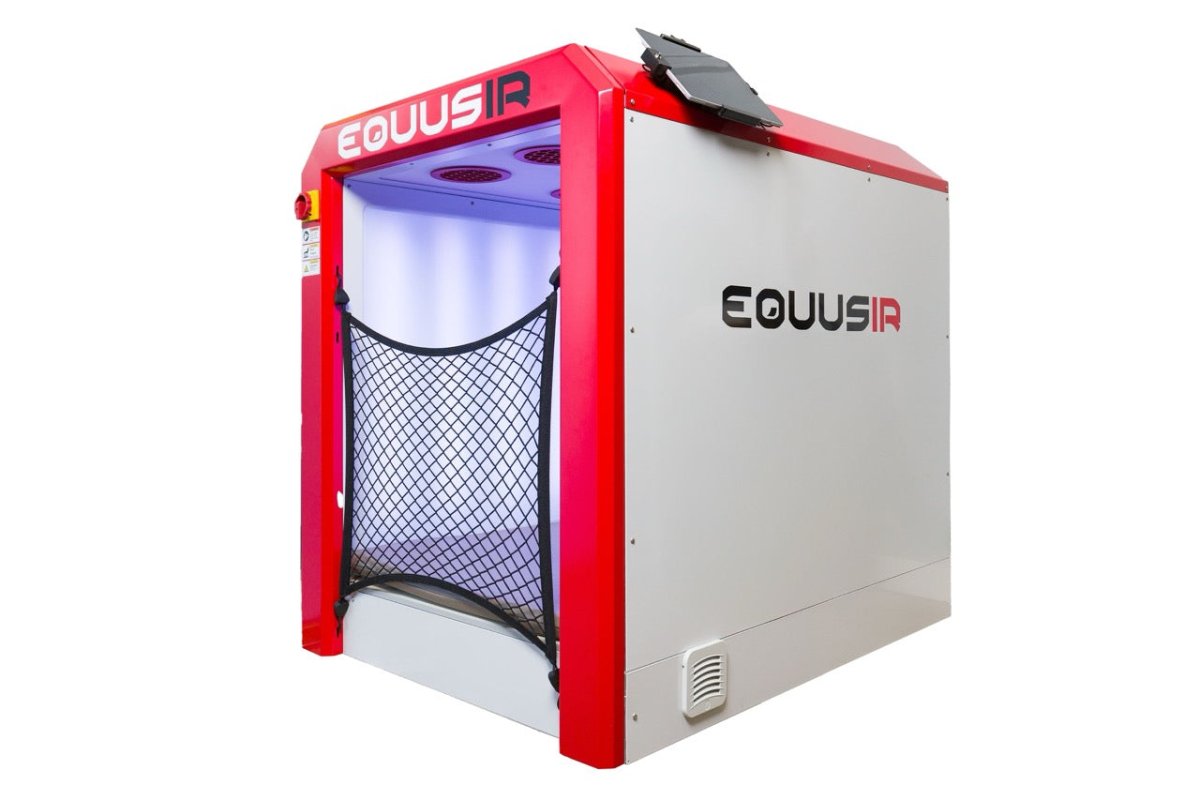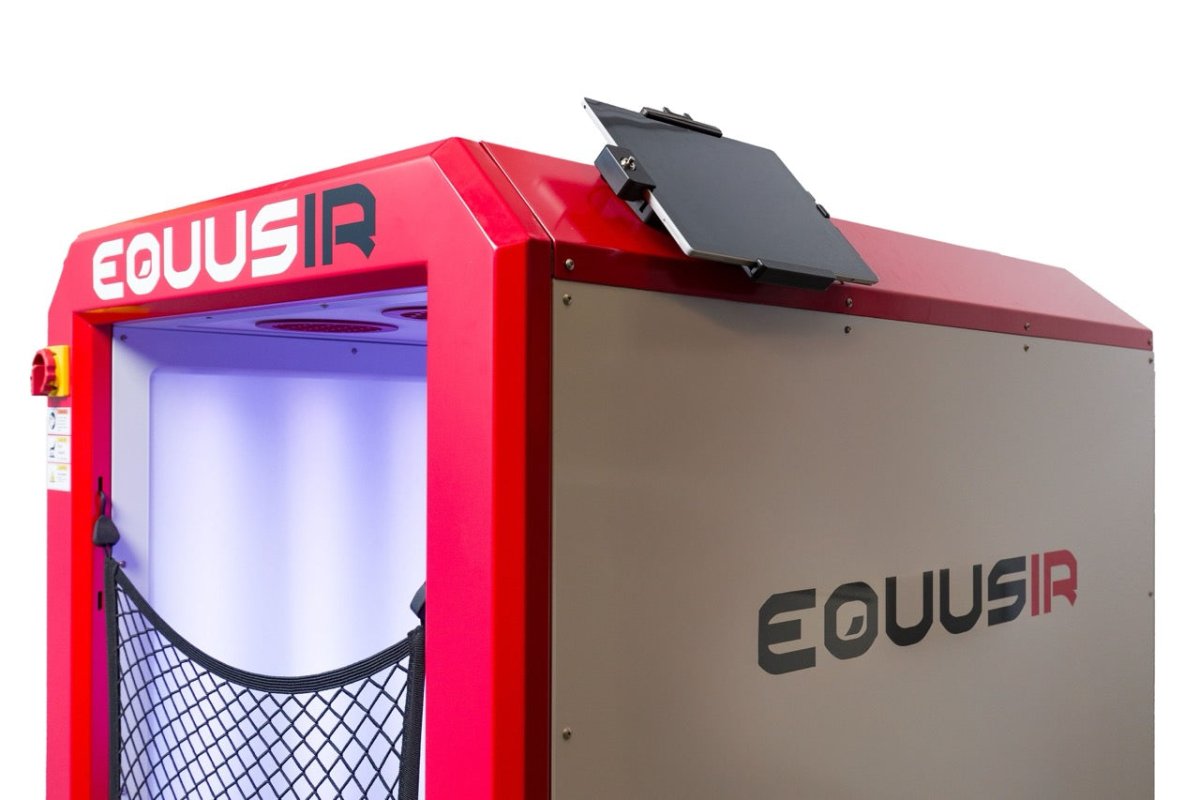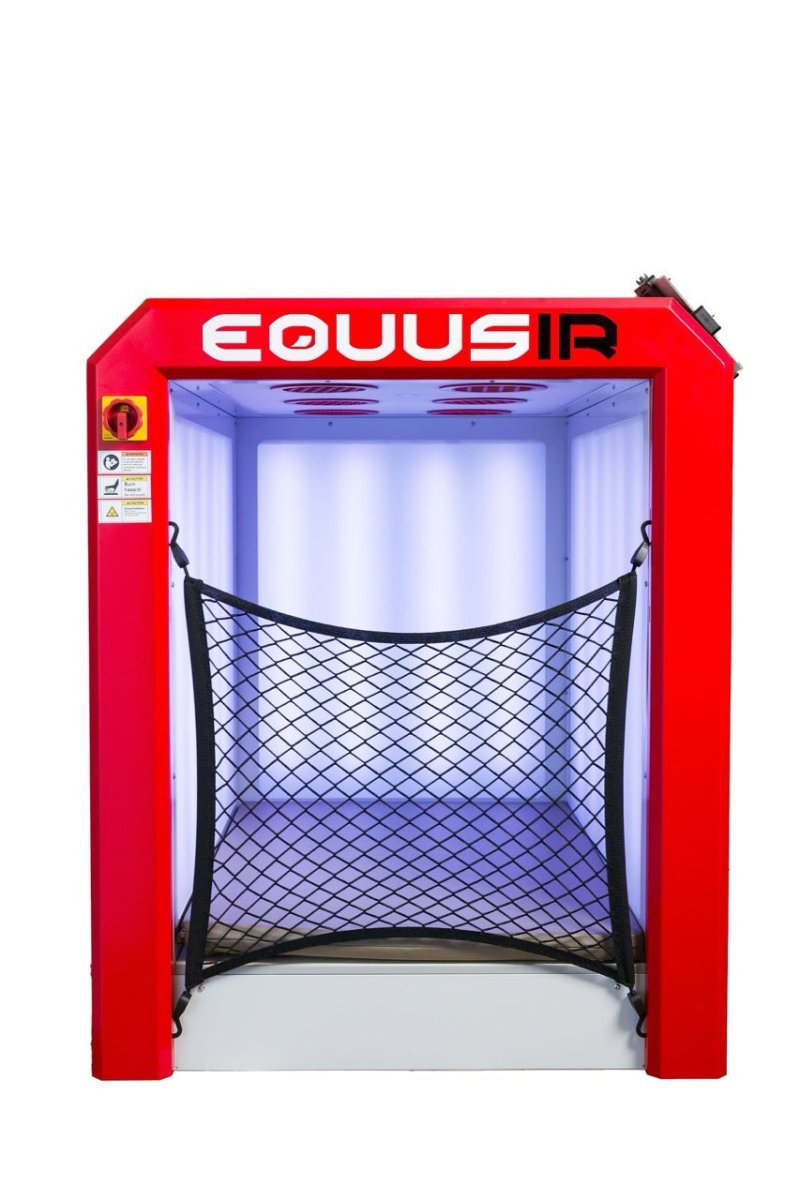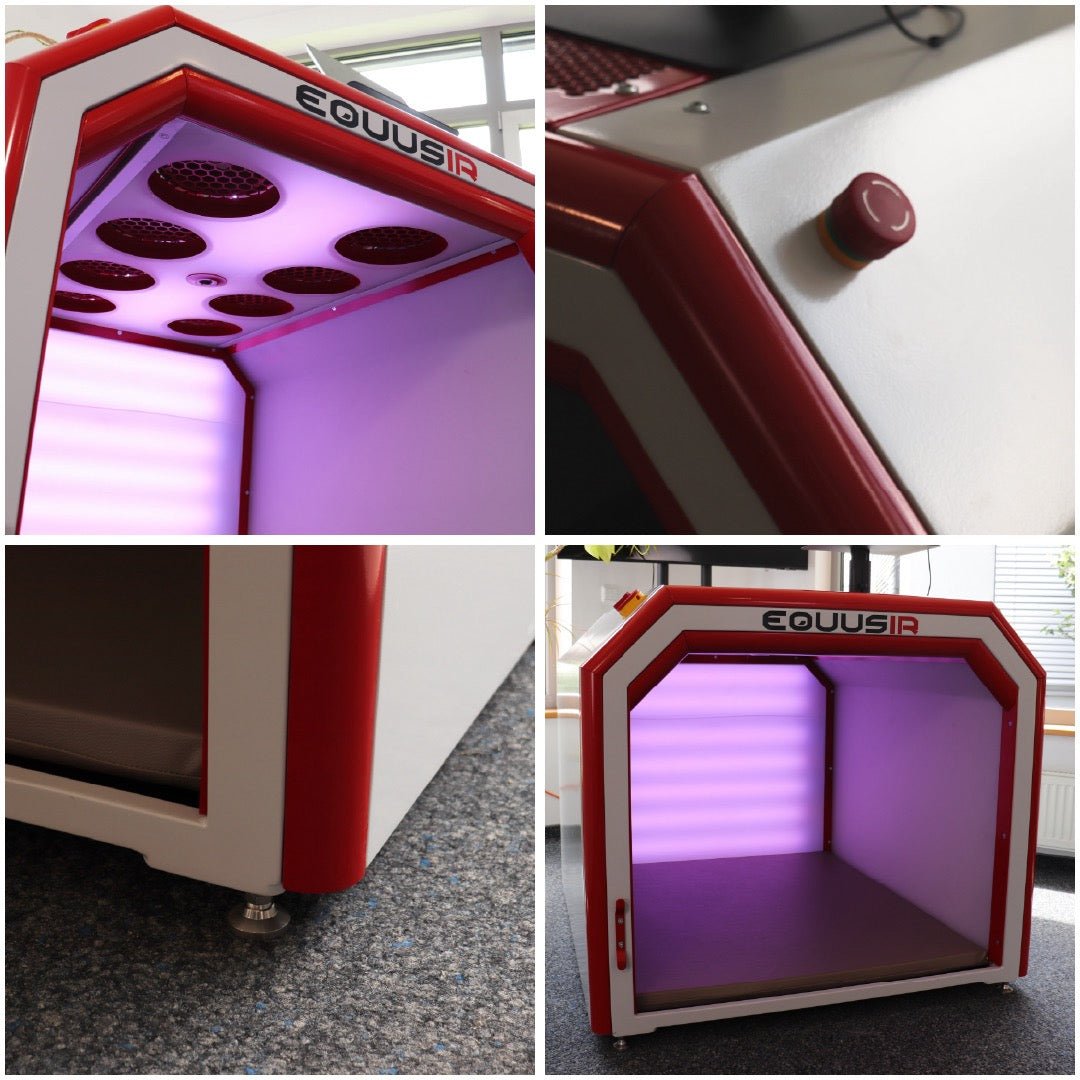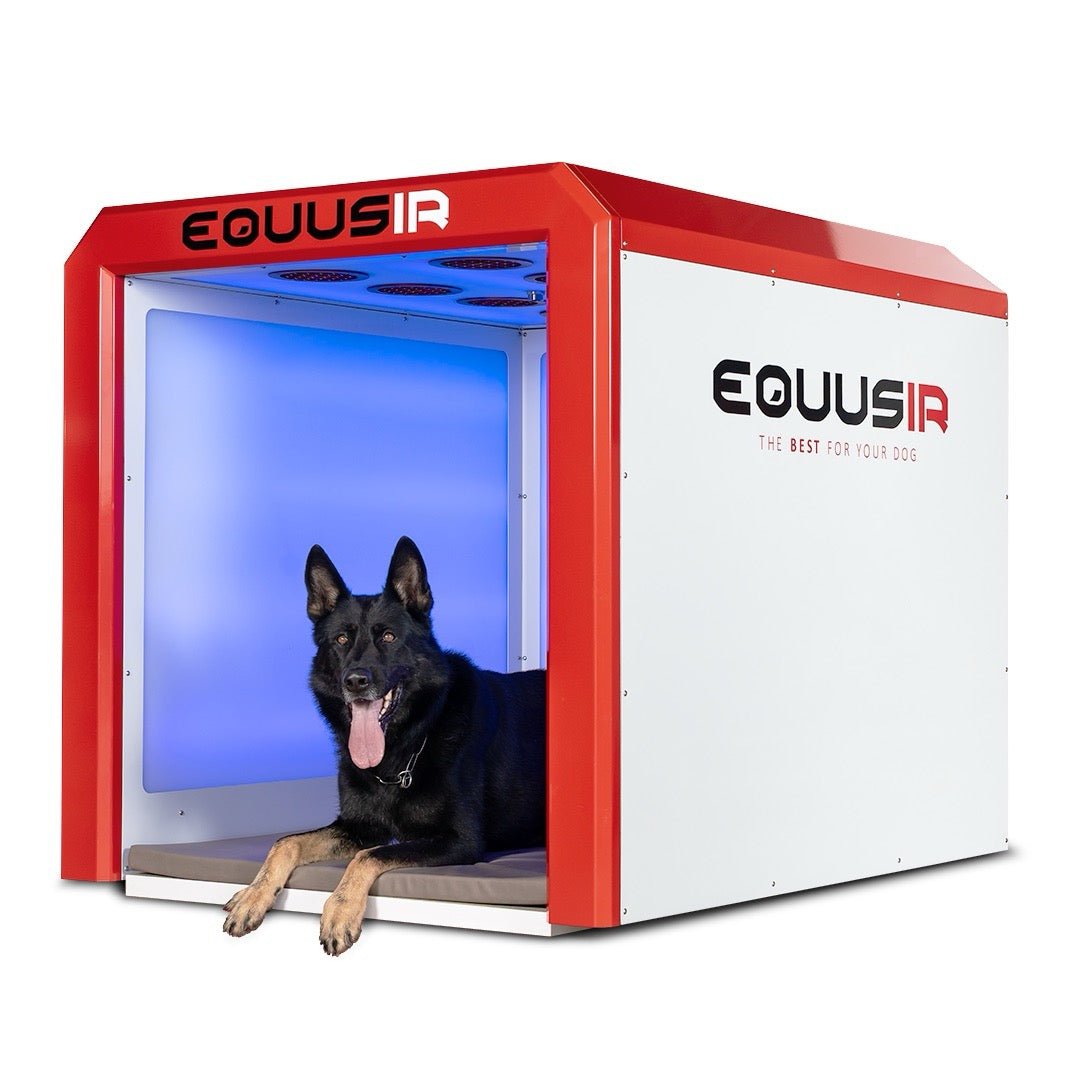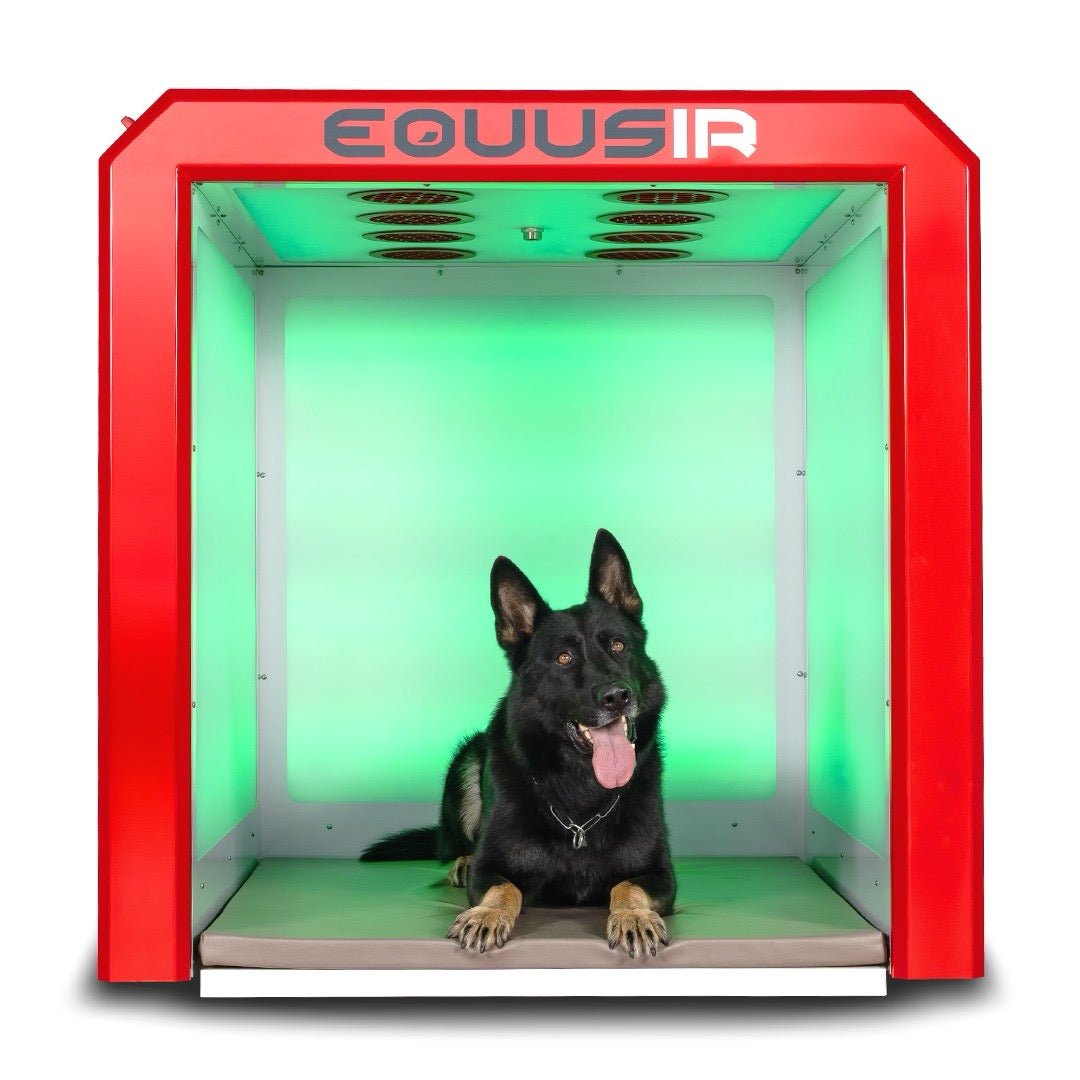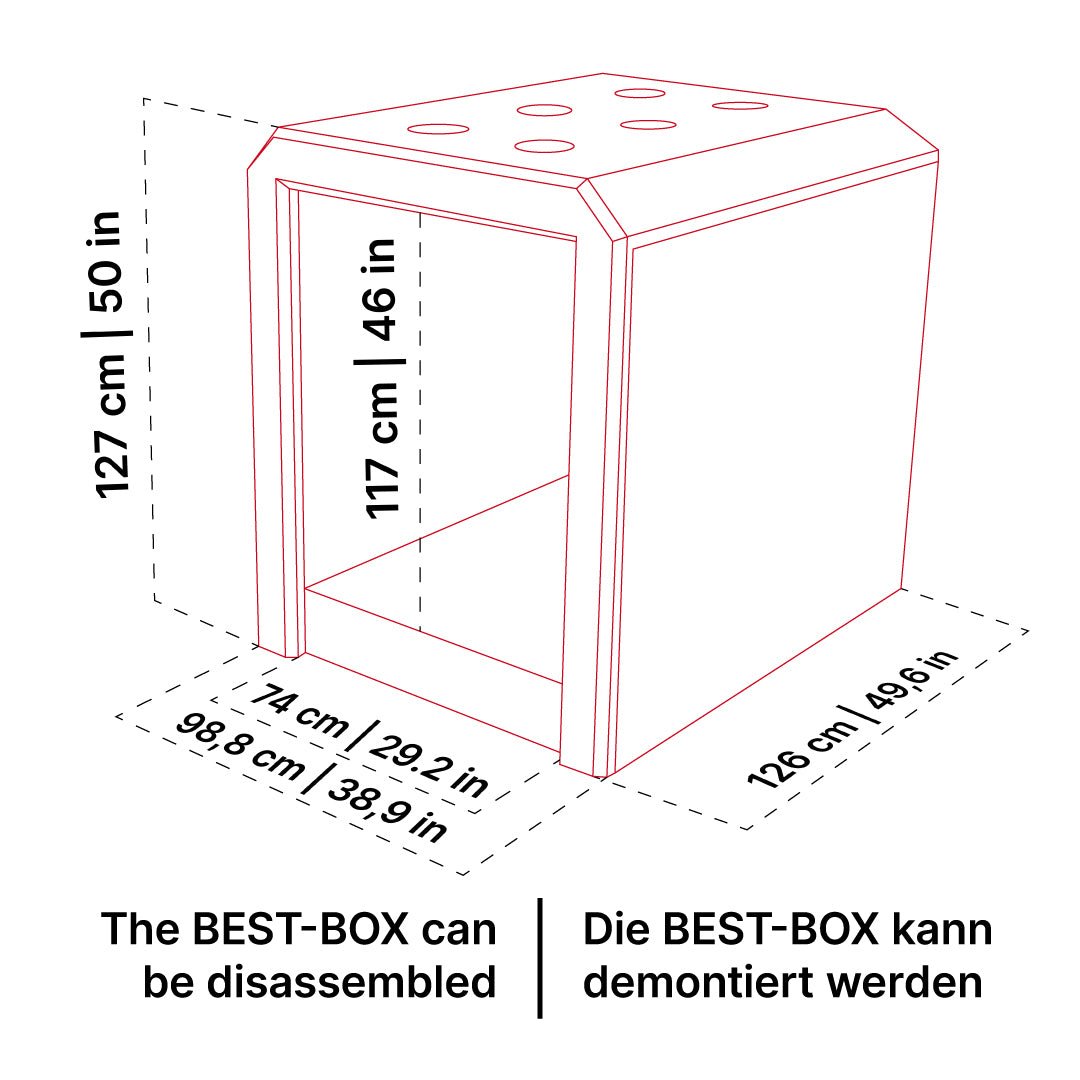
Pain in Dogs – Recognizing, Treating and Preventing
Patricia RathgebDogs are masters at hiding their pain. Unlike humans, they can't directly communicate where it hurts or how intense the pain is. This is because their nature compels them to hide any weakness —an instinctive behavior from the wild.
But even if dogs don't express pain obviously, they may exhibit subtle changes in their behavior, movement, or facial expressions. As a responsible dog owner, it's important to recognize the signs and respond promptly. Untreated pain not only reduces quality of life but can also lead to chronic conditions.
This article will show you what the possible causes of pain are, what typical signs are, when you should see a veterinarian immediately, what treatment options are available and how you can prevent pain.

Causes of pain in dogs
Dogs can experience pain for a variety of reasons. Here are the most common causes:
Acute pain
- Injuries caused by falls or accidents
- Operations & surgical procedures
- Inflammations & Infections
Chronic pain
- Joint diseases : osteoarthritis, hip dysplasia, spondylosis
- Muscular tension: incorrect strain or excessive strain
- Back problems: herniated discs or spinal changes
Organic & internal causes
- Gastrointestinal diseases (e.g. stomach ulcers, inflammation)
- Kidney disease or urinary tract infections
- Tumors or cancers
Dental problems – an often overlooked source of pain
- Inflamed gums or caries
- Broken teeth or tartar
- Pain when eating and chewing
Typical signs of pain in dogs
Dogs often express pain through behavioral changes. Here are some of the most common symptoms:
Changed behavior
- Withdrawal, less interest in games
- Restlessness or sudden aggressive behavior
- Loss of appetite
Conspicuous movement
- Lameness or stiff gait
- Changed posture (e.g., curved back)
- Difficulty getting up or lying down
- Difficulty climbing steps
Body language & facial expressions
- Trembling, heavy panting or whining
- Tense facial features, hanging head
- Relieving postures
- Increased licking of the mouth, paws or the affected part of the body with the tongue
Reaction to touch
- Dodge, pull away or suddenly yelp
- Twitching when gentle pressure is applied to affected areas
If you notice one or more of these symptoms in your dog, you should definitely take action!

Diagnosis: When to see a vet?
Not every pain requires an immediate visit to the vet, but you should not hesitate in the following cases:
- Sudden, severe pain
- Persistent lameness or problems walking
- Obvious wounds or swelling
- Persistent loss of appetite or fever
The veterinarian can use examinations such as X-rays, ultrasound or blood tests to determine the cause of the pain and treat it specifically.
Treatment options for pain-stricken dogs
There are various approaches to pain relief. Here's an overview of proven methods:
Conventional medical treatment
- Painkillers & anti-inflammatories – quick relief for acute complaints
- Physiotherapy – targeted mobilization for muscular problems
- Operations – when surgical interventions are necessary
Alternative & supportive pain therapies
- Acupuncture & Osteopathy – gentle methods for pain reduction and stimulation of self-healing powers
- magnetic field - , Light and infrared therapy – promote cell metabolism and regeneration
- Animal healing
Technological solutions: Pain therapy with the BEST-BOX & BIOS Ceiling
In addition to conventional treatment methods, modern technologies offer promising support for pain reduction – without medication and side effects .

The EQUUSIR BEST-BOX – The holistic solution for pain management
The EQUUSIR BEST-BOX combines photobiomodulation , infrared-B and neurostimulation to effectively reduce pain.
This is how it works:
✔️ Photobiomodulation (PBM): Promotes cell regeneration & reduces inflammation
✔️ Infrared B technology: Penetrates deep into the tissue & improves blood circulation
✔️ Neurostimulation: Supports vital functions, relieves muscular tension and helps relieve pain
Advantages of the BEST-BOX:
- Helps to find the cause instead of treating the symptoms
- Reduces pain sustainably
- Improves mobility
- Supports regeneration after injuries or surgeries
- Promotes well-being and motivation
- No side effects – gentle & effective therapy
The BEST-BOX is already being used successfully by veterinarians and therapists and is a valuable addition to conventional treatment methods, such as classical pain therapy.

The EQUUSIR BIOS Blanket – support for home
The BIOS ceiling enables by means of Neurostimulation to promote the body's own regeneration and reduce stress.
👉 Advantages of BIOS Ceiling :
- Promotes deep relaxation
- Supports cell metabolism
- Can relieve pain & the Accelerate regeneration
Ideal for daily use at home , for example to provide optimal support for your dog between BEST-BOX applications! But even without a visit to the BEST-BOX , the blanket makes a valuable contribution to improving your dog's well-being.
Prevention: Avoid pain before it occurs
Better than any therapy is preventing pain from occurring in the first place. Here are some preventative measures that can help:
Joint-friendly movement
- Regular walks instead of sudden overload
- Swimming or underwater treadmills as a gentle training method
High-quality nutrition
- Omega-3 fatty acids & green-lipped mussel for healthy joints
- No overfeeding – excess weight puts strain on the joints
With POKUSA , we have a partner at our side who, with its high-quality supplements and professional feeding advice , offers valuable support in selecting the right food.
Regular health checks
- Early detection saves long-term veterinary costs
- Physiotherapy to prevent incorrect strain
Pain detection & innovative solutions for a pain-free dog life
Pain in dogs is often difficult to recognize – but with the right knowledge, you can act early. In addition to conventional and alternative treatments, modern technologies like the EQUUSIR BEST-BOX and BIOS offer Blanket provides gentle and sustainable support for greater well-being and quality of life.
📌 Find out now:

